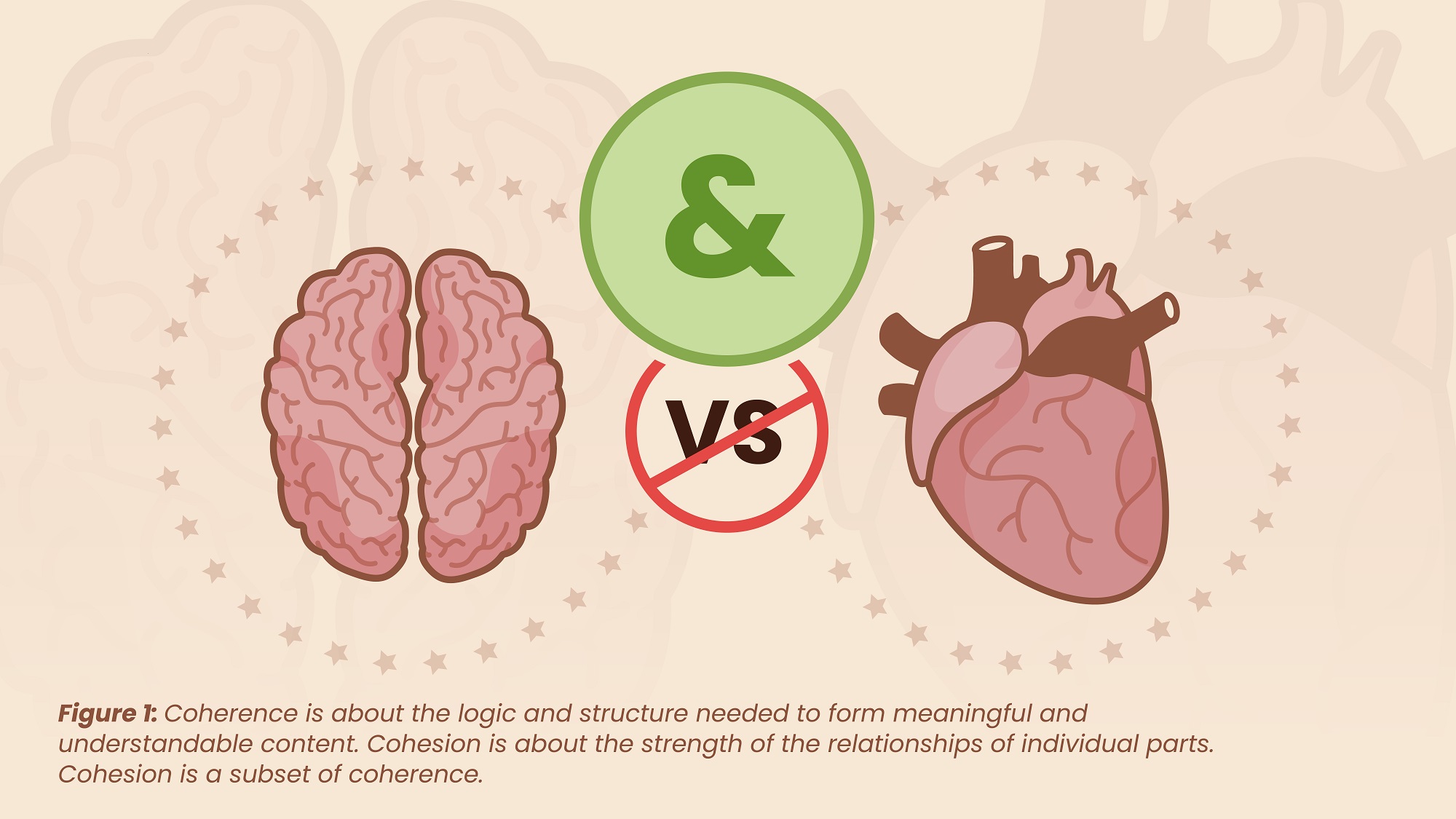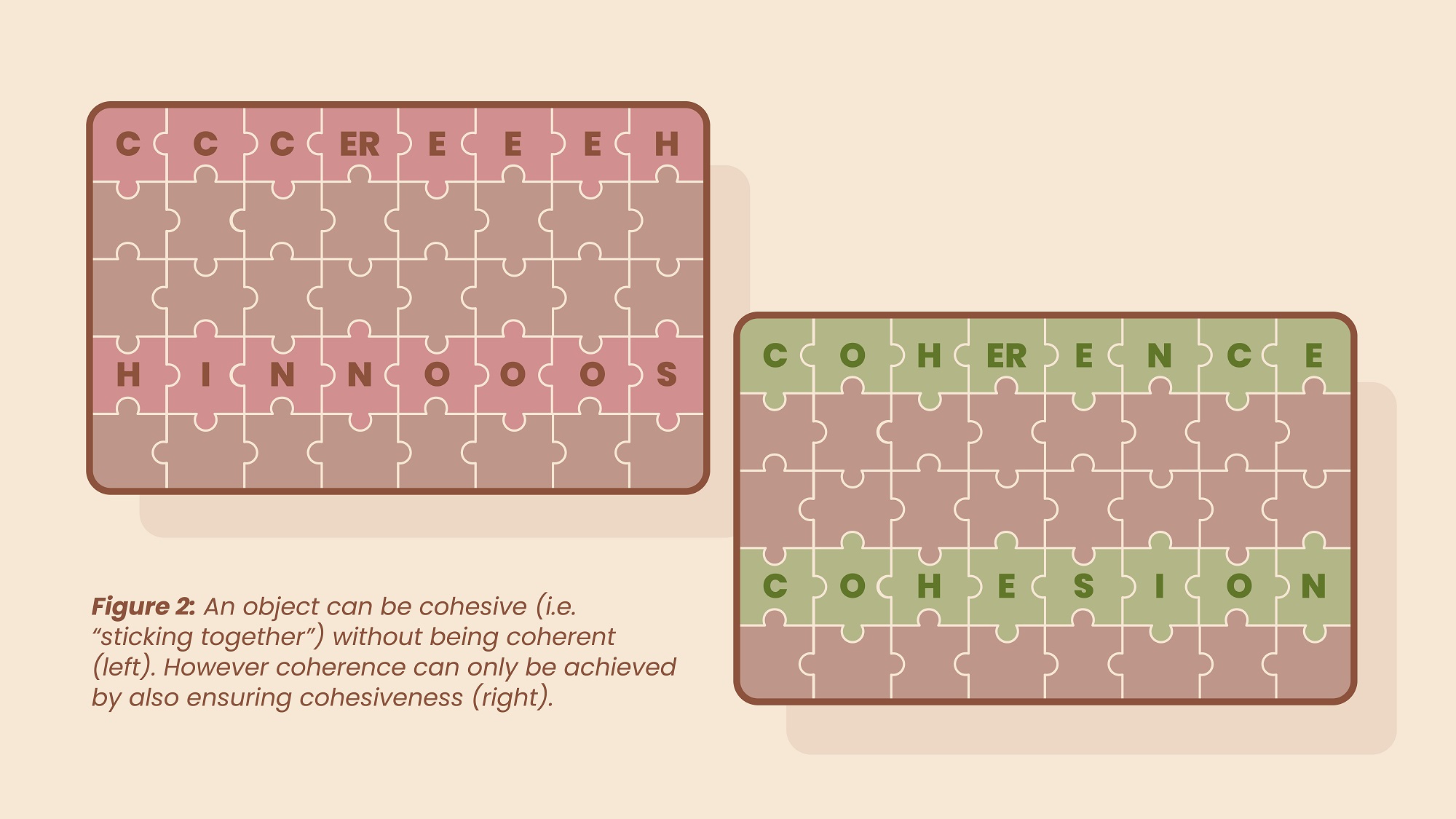Coherence and cohesion are essential qualities of any effective research portfolio. Yet the terms are often misunderstood and used interchangeably, creating confusion.[1]
At the 18th System Council (SC18) meeting, System Council (SC) members gave the Independent Science for Development Council (ISDC) a clear mandate to assess an evolved research portfolio in terms of its coherence and cohesion, highlighting the importance to differentiate between these concepts.

The responsibilities of ISDC extend beyond providing a scientific review of individual Initiative proposals. During the 2021-22 Initiative reviews, SC requested ISDC to provide recommendations on a Companion Document for the first 19 Initiatives launched, which focused on the portfolio’s external and internal coherence, interdependencies, and management of funding uncertainties.

ISDC will provide ongoing advice to SC regarding the evolution of the research portfolio through the next 18 months. This advice will inform SC of any necessary prioritization. Hence, an understanding of important concepts such as coherence and cohesion is crucial. While these terms may initially appear similar (even with their first four letters), they possess distinct meanings and implications for the structure of the evolved research portfolio.
Cohesion and coherence are concepts primarily used in discourse analysis and text linguistics.[2] They are essential elements for any written text to be comprehensible and meaningful. However, their usefulness extends far beyond syntax and grammar.
Coherence encompasses the logical and conceptual consistency of the entire portfolio by evaluating the alignment of individual Initiatives with the overarching goals and strategic direction set forth by the CGIAR 2030 Research and Innovation Strategy. Coherence emphasizes the integration of ideas, methodologies, methods, and outcomes across multiple projects. A well-conducted comparative advantage analysis will greatly assist in developing a coherent portfolio where collective research efforts synergistically contribute to advancing CGIAR's strategic objectives. By prioritizing coherence, ISDC ensures that CGIAR fulfills its mandate effectively and generates meaningful and impactful outcomes. Coherence is an attribute evaluated by end-users who determine whether the portfolio is logical and likely to deliver on CGIAR’s strategic intent. It is not a measurable property and is hard to achieve. Coherence is abstract as it deals with ideas and involves the logical progression of thought.[3]
In contrast, cohesion primarily pertains to relationships, i.e., the internal consistency and interdependence among individual Initiatives within the portfolio. This includes aspects of organizational culture and competencies. The concept of cohesion focuses on the extent to which proposed projects share common approaches, themes, or objectives. While cohesion fosters essential collaboration and knowledge exchange within and between specific activities, alone it is not sufficient to ensure the overall effectiveness and strategic direction of the entire portfolio. Cohesion is observable as it deals with the actual content and is therefore fully within the control of the portfolio developer. Cohesion is a crucial aspect of creating coherent discourse, as it facilitates the smooth flow and comprehension of ideas.
By assessing coherence of the evolved portfolio, ISDC will thoroughly assess the alignment of the entire portfolio with CGIAR’s strategic objectives, identify potential gaps or redundancies, and make informed recommendations that optimize the impact of ISDC's advice. While cohesion remains important for the functioning of individual Initiatives, the need for a coherent and integrated approach that maximizes the collective contributions of the entire portfolio will be paramount.
To illustrate the difference, consider the example: Social cohesion depends on coherent policies across government portfolios. This example emphasizes that cohesion is an important sub-set of coherence, suggesting that coherence should precede and drive the development of cohesion.
This blog is the first in an ISDC series focusing on the CGIAR 2024 portfolio evolution.
[1] A quick Google search confirmed that this confusion is not restricted to the English language. Here are the equivalent terms in other languages, but please note that these translations are approximate, as concepts may have slight variations in different languages: French: Cohérence – Cohésion; German: Kohärenz – Kohäsion; Spanish: Coherencia – Cohesión; Mandarin: 连贯性 (Liánguàn xìng) - 内聚性 (Nèijué xìng).
[2] See: Gee, J.P., 2014. An Introduction to Discourse Analysis: Theory and Method. Routledge, 248pp. ISBN 9780415725569; Khoo, K.M., 2016. ‘Threads of Continuity’ and Interaction: Coherence, Texture and Cohesive Harmony. In: Bowcher, W.L., Liang, J.Y. (eds), Society in Language, Language in Society. Palgrave Macmillan, London. https://doi.org/10.1057/9781137402868_13; Renkema, J. and Schubert, C., 2018. Introduction to Discourse Studies. John Benjamins Publishing Company, 453pp. https://doi.org/10.1075/z.219.
[3] See: Udhani, P., 2023. Coherence vs Cohesion https://www.educba.com/coherence-vs-cohesion.



